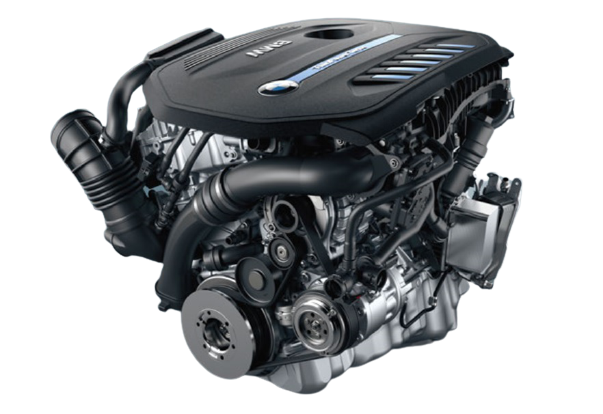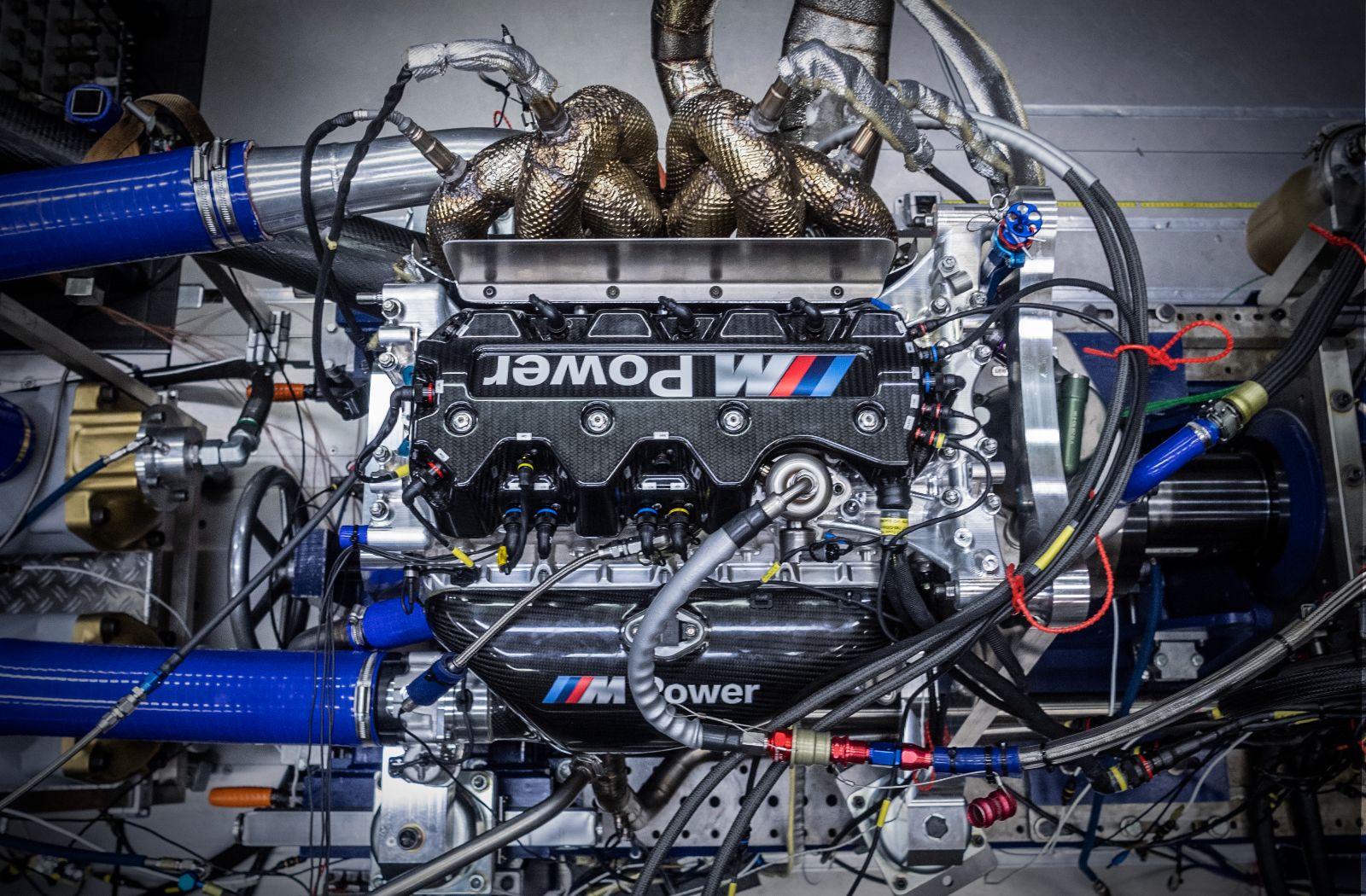The Development of the BMW Engine: A Look Back at Iconic Versions
The Development of the BMW Engine: A Look Back at Iconic Versions
Blog Article
Checking Out the Evolution of Burning Engines in Modern Transport Systems
As we browse the landscape of modern transport, the development of burning engines stands as a testimony to human resourcefulness and design prowess. From their simple starts to the innovative powerhouses driving cars today, burning engines have gone through an exceptional trip of advancement and adaptation. Understanding the complexities of this development not just sheds light on the past but additionally paves the means for imagining what exists in advance in the realm of transport technology. The interplay of background, innovation, and ecological concerns fit the trajectory of combustion engines develops a narrative that is both informative and engaging.
Early Beginnings of Combustion Engines
How did the concept of burning engines first emerge in the very early phases of transport advancement? The roots of burning engines can be mapped back to the 17th century when the concepts of interior burning were first checked out.
The advancement minute featured the development of the initial successful gasoline-powered engine by Karl Benz in 1885 - bmw engine. This engine led the way for the growth of the modern auto, reinventing transportation systems worldwide. Succeeding advancements by Nikolaus Otto and Gottlieb Daimler further fine-tuned burning engine technology, leading to the mass production of cars and the quick growth of the transportation market
These early combustion engines were characterized by their simplicity and performance, laying the structure for the complex and powerful engines utilized in modern transport systems. The advancement of burning engines has contributed in shaping the way we take a trip and transfer products, noting a considerable landmark in the background of transport growth.
Transition to Internal Burning Technology
The shift to inner burning modern technology marked a critical change in the development of transport systems. This change started in the late 19th century, with creators like Nikolaus Otto and Gottlieb Daimler creating the initial effective inner combustion engines. These engines changed transportation by offering a much more effective and reliable alternative to steam engines and electric motors.
One of the vital benefits of inner combustion engines was their capacity to be reduced to suit cars, bring about the advancement of motorcycles and automobiles. This change from bulky, stationary engines to small, mobile ones led the means for the contemporary transport systems we see today.
The shift to interior combustion technology likewise stimulated developments in gas technology, resulting in the advancement of gas and diesel as main fuel sources for automobiles. This shift not only made transport a lot more accessible to the masses yet additionally laid the foundation for the oil and gas industry to end up being integral to international economies.
Influence of Combustion Engines on Transportation
The adoption of burning engines in transportation systems catalyzed a profound change in the performance and speed of international flexibility. Combustion engines changed transport by providing a trustworthy and versatile resource of power for different lorries, consisting of vehicles, trucks, ships, and aircrafts. This development significantly improved the capability for products and individuals to relocate over fars away in much shorter timespan, bring you can try this out about boosted connection in between regions and countries.
Furthermore, the extensive use combustion engines has actually had a substantial impact on financial growth. The ability to move products successfully has stimulated trade and commerce, permitting services to broaden their markets and reach consumers worldwide. her latest blog This has actually assisted in financial development and globalization, as products can now be carried quicker and in larger amounts than in the past.
Nevertheless, the ecological influence of combustion engines can not be overlooked. The burning of fossil fuels has brought about air contamination and greenhouse gas discharges, contributing to climate adjustment and posing health threats to populations. bmw engine. As a result, there is a growing emphasis on establishing alternate propulsion technologies to minimize these negative results and develop an extra lasting future for transportation
Developments in Burning Engine Layout
One significant advancement is the growth of turbocharged engines, which make use of exhaust gases to drive a generator that compresses inbound air, allowing for even more gas to be charred, resulting in raised power outcome without a significant boost in engine size. Variable shutoff timing systems have actually additionally reinvented engine design by enhancing airflow at different engine speeds, enhancing both power and efficiency. These advancements collectively contribute to the continual improvement of combustion engines in contemporary transportation systems.
Future Trends in Burning Engine Development
With technology advancements driving constant technology, the future of combustion engine growth is poised to transform transportation systems around the world. Among the crucial patterns in combustion engine advancement is the press in the direction of better performance and lowered exhausts. Suppliers are investing greatly in research and development to enhance engine efficiency while satisfying rigorous ecological regulations. This consists of the assimilation of innovative fuel shot systems, boosted turbocharging methods, and the usage of light-weight materials to maximize gas consumption and minimize carbon discharges.
Another noticeable fad is the adoption of crossbreed modern technologies in burning engines. Crossbreed helpful resources engines incorporate standard burning modern technology with electrical power, supplying boosted gas effectiveness and lower exhausts. As the automobile sector shifts towards electrification, hybrid combustion engines are seen as a transitional remedy that connects the space in between traditional automobiles and fully electric ones.
Additionally, the integration of wise innovations, such as expert system and information analytics, is anticipated to play a substantial role in the future of burning engine advancement. These technologies can enhance engine performance in real-time, causing a lot more effective burning procedures and boosted total lorry efficiency. Welcoming these future trends will certainly not just drive advancement in burning engine growth yet also add to a much more lasting and ecologically pleasant transportation ecosystem.

Verdict
In final thought, the development of burning engines in modern transport systems has actually been noted by significant improvements in technology and design. From the very early beginnings of burning engines to the shift to inner combustion modern technology, these engines have had a profound effect on transport.
The origins of combustion engines can be mapped back to the 17th century when the principles of interior combustion were first explored. These engines reinvented transportation by offering an extra efficient and powerful choice to heavy steam engines and electric motors.

Report this page